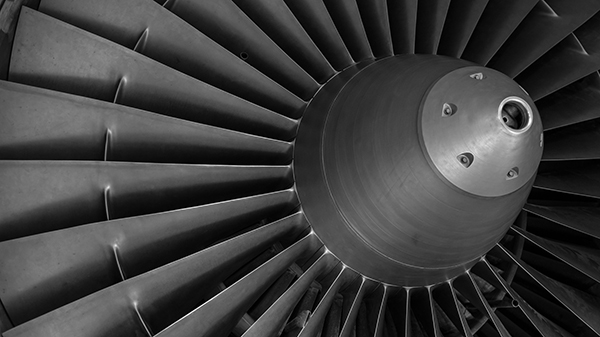Translating excellence in engineering research and training into strategic defence advantage for Australia and its allies.
We are strongly committed to working with our Defence partners in industry and government to ensure the safety and prosperity of Australia. Defence technologies are advancing at an enormous rate, and it is critical to ensure that technologies, processes and tools remain ahead of the state-of-the-art to prevent technological surprise. Through our many partnerships, our world-class researchers are leading fundamental and applied research programs across a broad range of disciplines, including:
- Advanced sensors and photonics
- Computer engineering
- Networks, communications, cyber
- Robotics and machine learning
- Computational design and engineering
- Materials design and modelling
- Medical devices and technology
Each of these areas has a substantial track record of existing and past projects which have delivered tangible outcomes for our research partners – in most cases unique and exciting sovereign capabilities.
Australian Rocket Systems Training Network
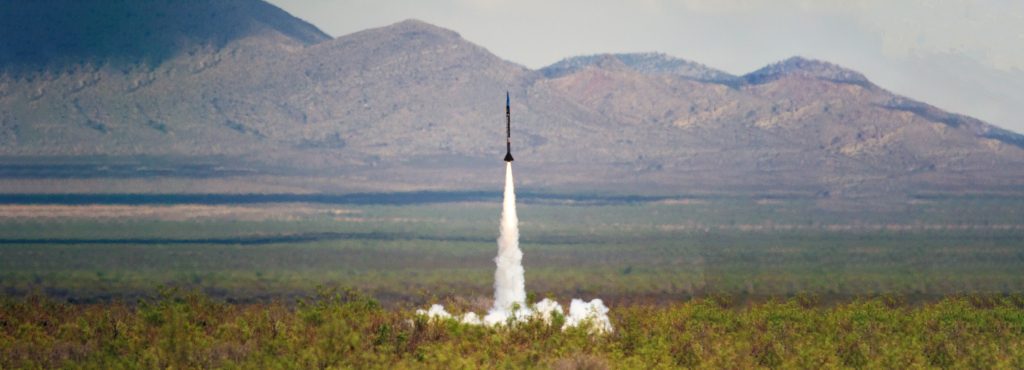
Through nationwide collaboration, uniting expertise and leadership, we shape tomorrow’s workforce in defence and space.
Leading research groups
-
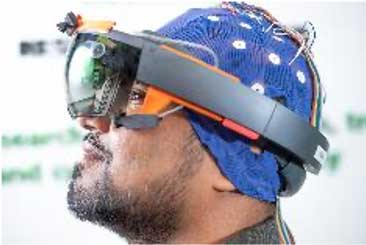
Medical devices and technology
Enormous advancements in health care can provide correspondingly enormous impacts in Defence applications. Our research…
-
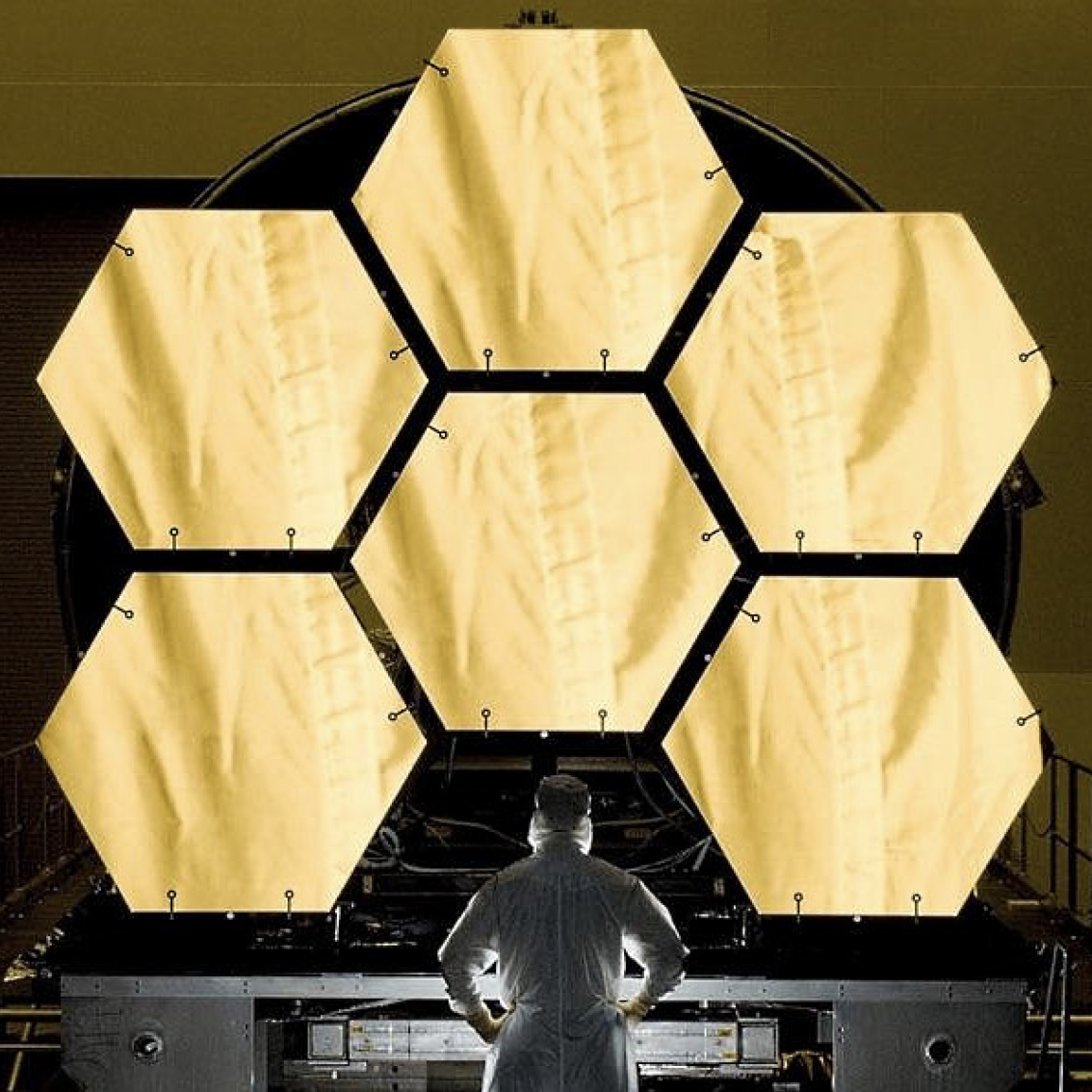
Materials design and modelling
Our materials design and modelling capabilities span the full range of length-scales from individual atoms…
-
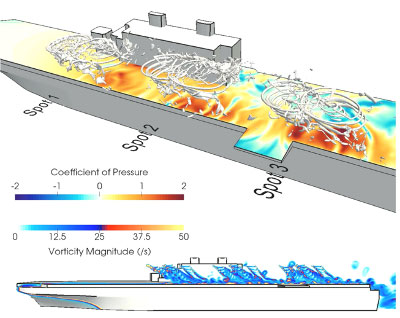
Computational design and engineering
We have longstanding collaborations with defence in developing and translating state of the art computational…
-
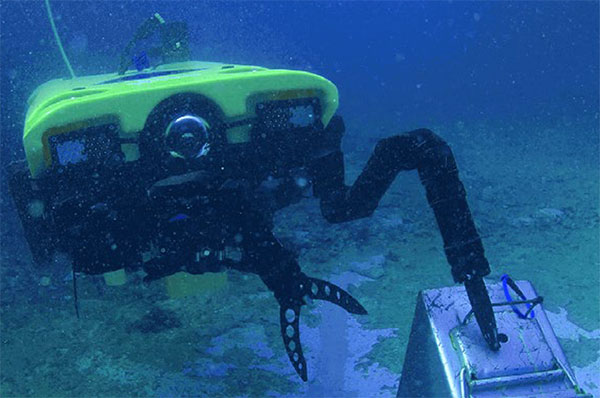
Robotics and machine learning
The Australian Centre for Field Robotics (ACFR) is dedicated to the research, development and dissemination…
-

Networks, communications, cyber
Networks, communications, and cyber are arguably some of the fastest moving research fields that are…
-
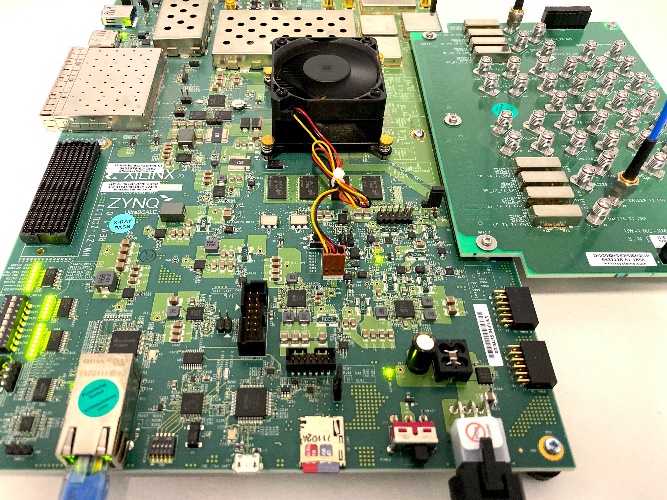
Computer engineering
The Computer Engineering Lab focuses on how to use field programmable gate array (FPGA), VLSI…
-
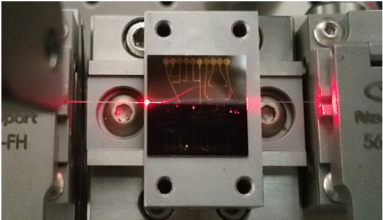
Advanced sensors and photonics
Our advanced sensors and photonics portfolio includes: The photonic engineering group has unique capabilities in…
Core research team
Advanced sensors and photonics
Computer engineering
Networks, communications, cyber
- Professor Branka Vucetic, Professor Yonghui Li, Dr Suranga Seneviratne, Dr Kanchana Thilakarathna, Dr Shuaiwen Song, Professor Joseph Davis, Professor Bernhard Scholz, Professor Albert Zomaya
Robotics and machine learning
- Professor Stefan Williams, Professor Ian Manchester, Dr Gilad Francis, Professor Fabio Ramos, Professor Sally Cripps, Professor Hugh Durrant-Whyte, Dr Viorela-Simona Ila, Associate Professor Dries Verstraete
Computational design and engineering
- Associate Professor Ben Thornber, Associate Professor Matthew Cleary, Associate Professor Dries Verstraete, Professor Liyong Tong, Emeritus Professor Grant Steven, Dr Gareth Vio, Associate professor KC Wong, Professor Chengwang Lei
Materials design and modelling
- Professor Julie Cairney, Professor Simon Ringer, Professor Brian Uy, Professor Kim Rasmussen, Professor Gianluca Ranzi, Professor Anna Paradowska, Professor Xiaozhou Liao, Dr Ali Hadigheh
Medical devices and technology
